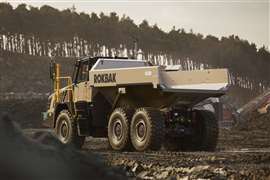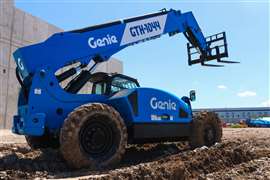Read this article in Français Deutsch Italiano Português Español
London’s Grenfell Tower to be dismantled
06 February 2025
Grenfell Tower in London, UK, where a fire killed 72 people in 2017, is set to be demolished due to safety concerns regarding the damaged tower block.
 Grenfell Tower in London, UK, after a fire on 14 June 2017 that killed 72 people (Image: Jay via AdobeStock - stock.adobe.com)
Grenfell Tower in London, UK, after a fire on 14 June 2017 that killed 72 people (Image: Jay via AdobeStock - stock.adobe.com)
There has been debate about the future of the building, which is currently being held up by approximately 6,000 props. As well as safety concerns, it is estimated that the cost of this is around £340 million (US$422 million) up to 2028.
Some of the survivors and bereaved families want the tower to be preserved, others for it to be demolished and a new memorial built. News reports state that deputy prime minister Angela Rayner has made the decision to demolish the 24-storey tower block.
Grenfell Next of Kin, an organisation representing the bereaved, said in a statement that “The truth is the tower is being propped up by approximately 6,000 props. It has cost £340m (projected costs to 2028). It cannot be propped up indefinitely due to safety concerns.
“As people who have lost families to tragedy, we would never want the responsibility of endangering anyone else. Furthermore, the lack of closure, the continuous discussions and consultations the retraumatisation of a divisive and painful debate, brings nothing to the table except pain and further divisions.”
However, another group called Grenfell United said Rayner had failed to fully explain her reasoning for the decision to take down the tower.
In September 2024 a huge 1,700-page, phase 2 report published by the Grenfell Tower Inquiry. The report seeks to understand how it was possible for so many people to die in a 1970s reinforced concrete building that had been turned into a “death trap” following a refurbishment project completed in 2016 that saw combustible aluminium rain screen cladding and insulation added to it.
Charting the path to disaster, the report concluded that there had been “decades of failure” by central government and other bodies with responsibility in the construction industry to look at the dangers of incorporating combustible materials into the external walls of high-rise residential buildings. It called for a single construction regulator to oversee the construction industry in England and Wales.
STAY CONNECTED


Receive the information you need when you need it through our world-leading magazines, newsletters and daily briefings.
CONNECT WITH THE TEAM











